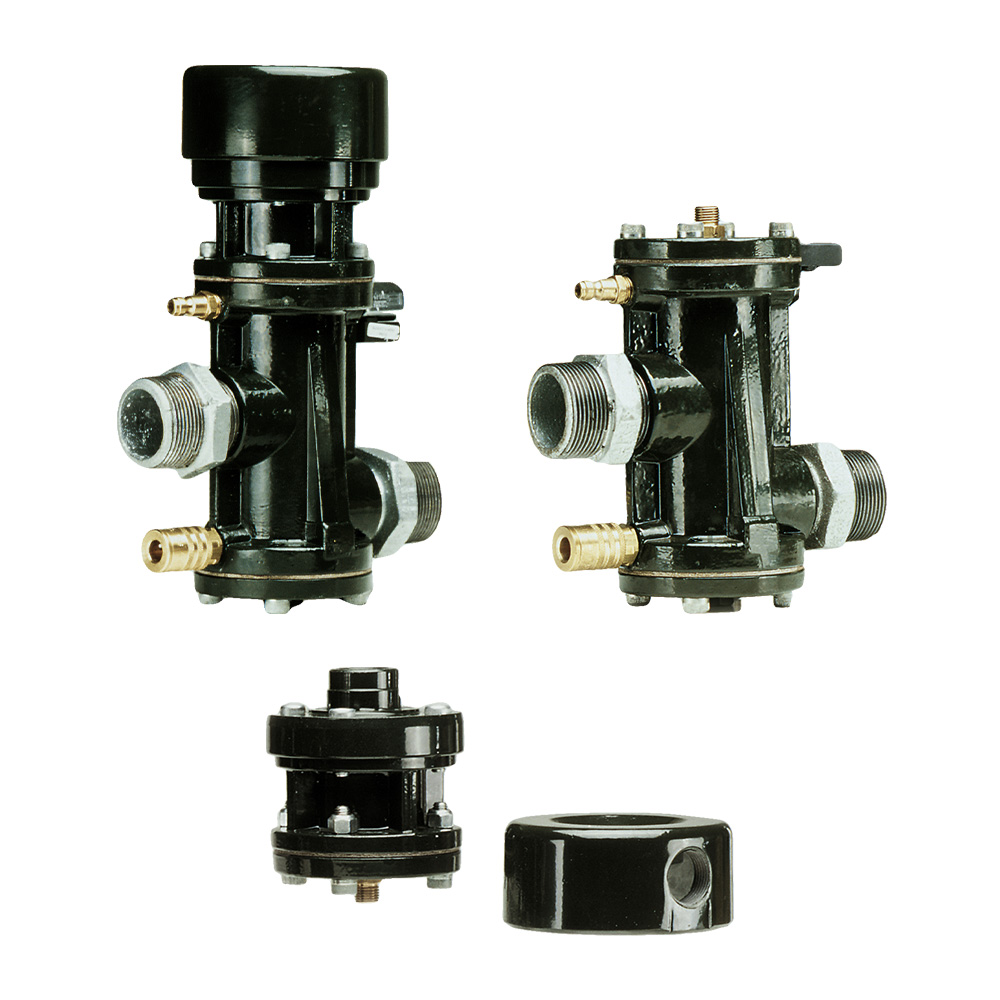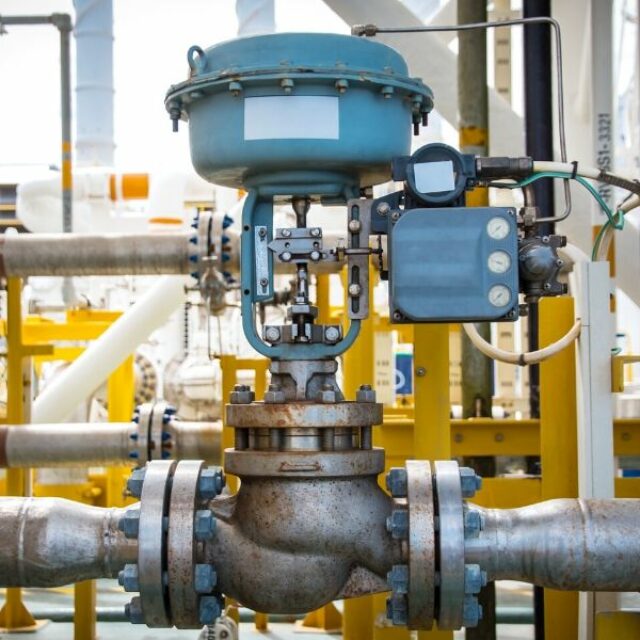
Maximize Power Financial Savings and Convenience With Advanced Building Automation Controls
In the realm of modern style and facility management, the assimilation of sophisticated building automation regulates stands as a critical development. The convergence of modern technology and sustainability has actually birthed a new period where energy performance, convenience optimization, and functional streamlining are no longer remote goals yet achievable facts. By utilizing the power of automation, buildings can adapt, respond, and advance in means that were once inconceivable. The potential for significant energy savings and improved convenience is not just a possibility yet a pledge waiting to be met. This standard shift in structure administration holds the vital to unlocking a globe where environmental conscientiousness and passenger health harmoniously exist together within the walls of our frameworks.
Energy Effectiveness Perks
Energy efficiency advantages can substantially lower power consumption and functional expenses in structures. Energy-efficient systems, such as sophisticated structure automation controls, can enhance the use of resources like cooling, lights, and home heating, leading to reduced energy expenditures over time.
In addition, enhanced power effectiveness can lengthen the lifespan of building devices and systems. By running much more efficiently, heating and cooling systems, light, and various other building components experience much less wear and tear, leading to lowered upkeep and replacement costs. Furthermore, energy-efficient buildings commonly command greater property values and rental rates, supplying long-lasting monetary advantages to owners.
Furthermore, power performance can improve occupant comfort and productivity. Correctly regulated interior environments with optimum lighting and thermal problems create an even more pleasant and favorable work area, resulting in enhanced employee satisfaction and performance. On the whole, the energy effectiveness advantages connected with innovative building automation controls are complex, including expense financial savings, environmental stewardship, and passenger health.
Enhanced Convenience Control
Enhancing comfort control in structure settings needs a sophisticated assimilation of advanced automation systems for optimal resident wellness. By making use of innovative building automation controls, facilities can tailor the interior setting to satisfy the particular needs and preferences of passengers. These systems allow precise law of temperature, lights, and air flow, creating a productive and comfy atmosphere. Owner contentment and productivity are very closely linked to thermal comfort, making it necessary to have systems in area that can adjust to altering problems in real-time.
Improved convenience control surpasses standard temperature changes. It includes attributes such as tailored settings, tenancy sensing units, and natural light use to create a receptive and dynamic atmosphere. By integrating these innovative controls, structures can not just enhance convenience but additionally improve power effectiveness by optimizing system operations based upon real occupancy and usage patterns. Eventually, focusing on resident comfort with advanced automation systems causes a more enjoyable and healthier indoor setting.
Functional Effectiveness Improvements

In addition, the application of real-time surveillance and analytics tools allows structure operators to identify energy ineffectiveness and operational abnormalities quickly. By continually monitoring power usage patterns and system efficiency metrics, changes can be made in real-time to enhance power intake and make sure peak operational effectiveness. control valves. In addition, including demand feedback strategies right into structure automation controls can better boost operational efficiency by dynamically adjusting power usage based upon grid conditions and rates signals
Indoor Environment Optimization
Effective interior climate optimization is a fundamental element of our website building automation controls, making certain occupants' comfort and wellness while optimizing energy savings. By using innovative sensing units and controls, building automation systems can constantly change and check temperature, humidity degrees, air quality, and ventilation to produce an ideal interior atmosphere. Preserving constant and comfortable problems not just boosts owner fulfillment however also improves efficiency and general wellness.
Indoor climate optimization also plays a vital duty in power efficiency. By fine-tuning air flow, air conditioning, and home heating systems based on real-time data and occupancy patterns, developing automation controls can considerably minimize power usage - control valves. Carrying out methods such as demand-controlled air flow and thermal zoning can assist minimize power waste while making sure that each area of the building obtains the essential conditioning.

Sustainable Setting Creation
Structure automation controls not only maximize indoor climate conditions for power efficiency and occupant comfort but also lay the structure for creating a lasting environment via critical administration of systems and resources. By integrating sophisticated structure automation technologies, such as sensing units, actuators, and smart software application, centers can monitor and change power see page usage in real-time to decrease waste and lower their carbon impact. These systems allow predictive upkeep, identifying potential issues prior to they rise and optimizing tools efficiency to enhance longevity and performance.
In addition, lasting atmosphere production expands past power monitoring to encompass water conservation, waste reduction, and interior air high quality enhancement. Building automation controls can regulate water usage, find leaks, and make sure correct garbage disposal practices, adding to total sustainability efforts. Furthermore, by keeping an eye on and managing ventilation and filtering systems, these innovations improve resident health and performance while decreasing energy intake connected with cooling and heating operations.
Verdict
To conclude, advanced structure automation controls offer considerable benefits in regards to energy savings, comfort control, operational effectiveness, interior you can try here climate optimization, and creating a sustainable environment. By executing these controls, buildings can achieve optimal efficiency while lowering energy consumption and boosting resident convenience. It appears that making use of advanced automation technology is vital in improving structure efficiency and producing an extra sustainable future.
Power efficiency advantages can dramatically minimize energy consumption and operational costs in buildings. Generally, the power efficiency benefits linked with advanced building automation controls are diverse, including price financial savings, environmental stewardship, and occupant wellness.
In addition, incorporating demand feedback approaches right into building automation controls can even more enhance operational effectiveness by dynamically adjusting energy use based on grid problems and prices signals.
Building automation regulates not just maximize indoor environment conditions for energy efficiency and passenger convenience but additionally lay the structure for developing a lasting setting through calculated administration of systems and resources.In conclusion, progressed structure automation manages offer significant benefits in terms of power cost savings, convenience control, functional efficiency, indoor environment optimization, and creating a sustainable atmosphere.
Comments on “Checking out the Functionality of Modern Control Valves in Industrial Applications”